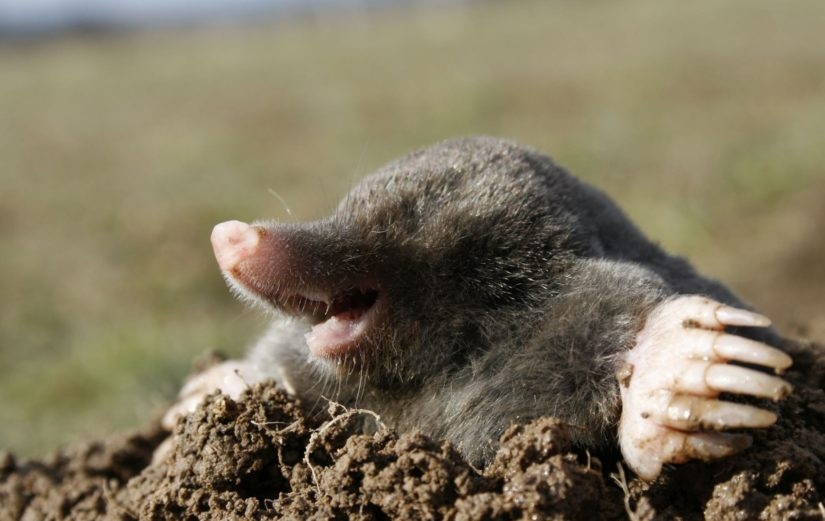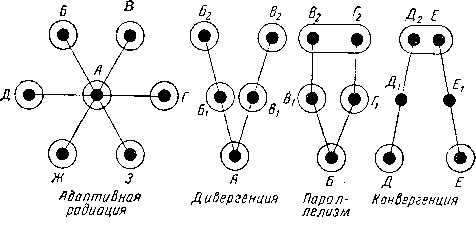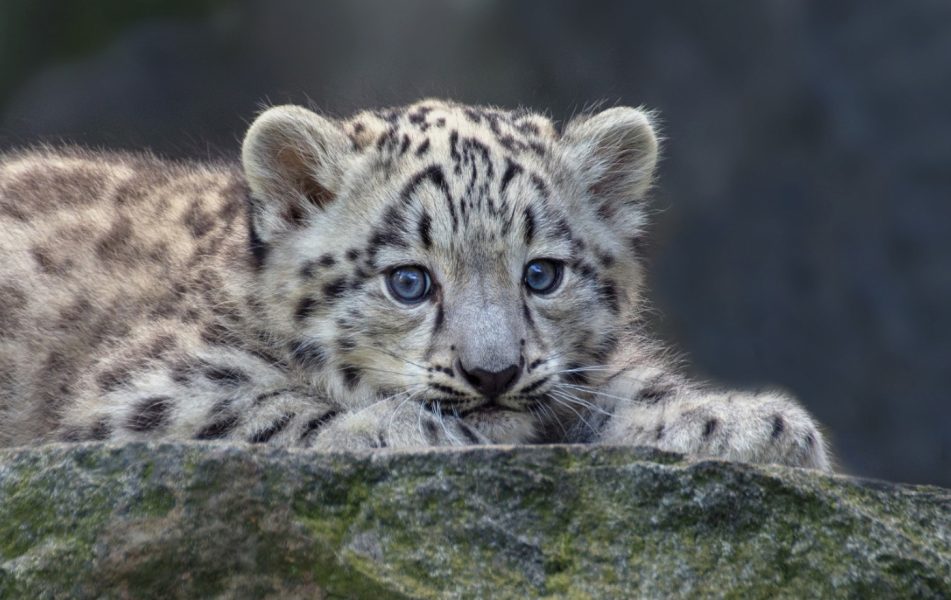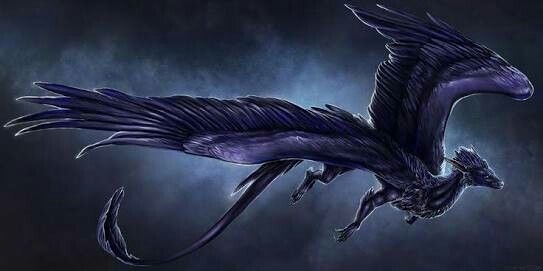We haven't been posting much lately because a lot of things have come up at the end of the week. The mole, the dogs barking at five in the morning, the weird weather... But we're not complaining! Because that dragar - the same one who helped us write the list of stereotypes - decided to suddenly visit us in person.
Just this afternoon, someone knocked on our gate. I was very busy (lying on the couch and thinking), so Berenice went to open it - and there he was. Berry quickly led him inside, we made coffee, and then sat down and started asking questions.
First of all, he looks like a completely ordinary elf. Even Noid said that if no one had told him that this man was a dragar, he would not have had any suspicions. I do not remember his appearance, but that is not so important; I only remember that he was constantly smiling, a little ironically and very kindly.
He himself was born in 134 BC, high in the mountains on the Yashutsky Islands, in some godforsaken place. As he himself said, 「人里離れた山頂で」. He did not visit Orova until the fifteenth century AD; therefore, now, being interested in the history of our part of the globe, he came to us - especially since we are discovering some completely unknown and new pages of it.
Below we quote verbatim his answers to various questions.
"Do I miss [flying]?.. Yes; sometimes very much. My ability to fly seemed so natural to me that I couldn't even think about what would happen if I lost it... and yet. I could do it with magic, but my current body would hardly like it. And, yes, I wouldn't want to draw attention to myself either."
"No, libido is a purely physiological thing. I'm kind of an elf now, so I'm attracted to elves and... some people. When I was a dragar, my partners were also dragars. It's logical, isn't it?"
"If I had to choose again now, to stay in a Draghar body or to have one like the one I have now, I would choose the elf body again. I have been communicating with my kind for almost two millennia - it's time to learn more about you. In the elf body it is much easier - you are perceived as an equal. Or something like that."
"There are many more Draghars now than you imagine. Even those like me - not to mention those who did not change their bodies. I can hardly tell you the number - I have not counted."
Finally, Berenika asked the following question: "And how do you feel about our peoples? Like some funny little animals, I guess?"
Draghar didn't try to deny it. He sighed, shrugged and replied:
"Probably something like that. I know it doesn't do me any credit, but... maybe my opinion will change someday. It's not the same as it was a hundred or two hundred years ago."
As he left, he promised to drop in for a chat from time to time. I didn't quite understand why, but Noid said that he really liked it here, as he understood it.









